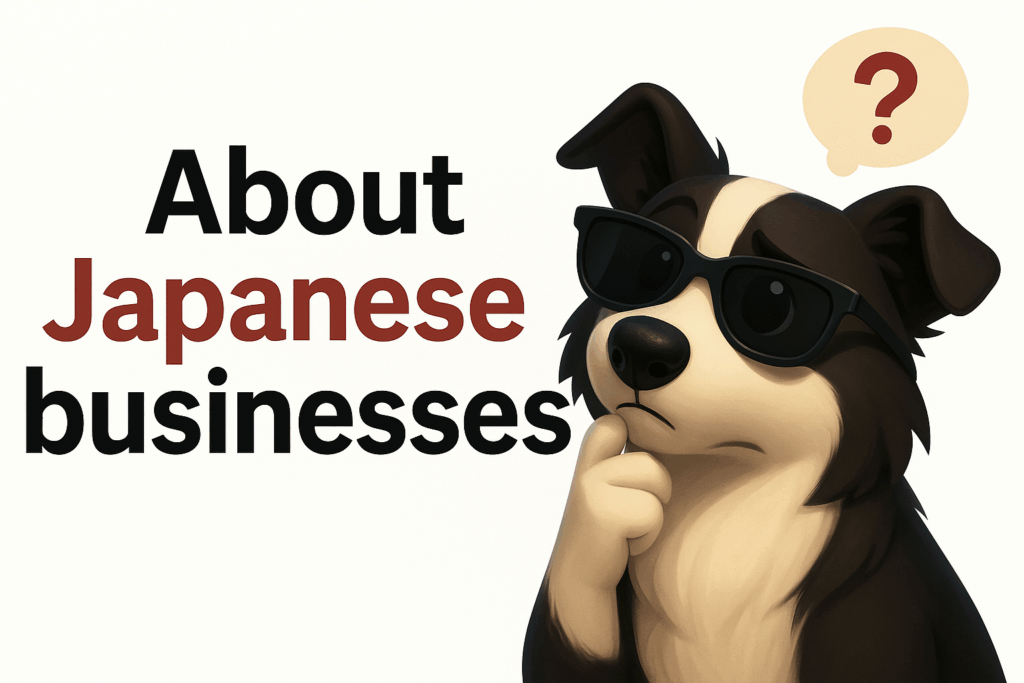So, What’s Hiramatsu All About?
Think of Hiramatsu as Japan’s answer to high-end restaurant groups like Union Square Hospitality or those fancy Michelin-starred places you see in Europe. The whole thing started back in 1982 when this chef named Hiroshi Hiramatsu, who’d trained in France, opened a little place called “Hiramatsu-tei” in Tokyo’s posh Nishi-Azabu district. Fast forward 40+ years, and he’s built what’s basically Japan’s most prestigious fine dining empire.
Today, the company trades on the Tokyo Stock Exchange under ticker 2764, with a market cap hovering around ¥10.2 billion (roughly $70 million USD). Not exactly a giant, but in their niche, they’re pretty much the gold standard. They’re headquartered in Tokyo’s trendy Shibuya district and have operations scattered across Japan’s major cities.
What Do They Actually Do?
At its core, Hiramatsu runs seriously high-end restaurants. We’re talking about their flagship “Restaurant Hiramatsu” French joints and “Ristorante ASO” Italian spots, where dinner for one person can easily run you ¥20,000 to ¥50,000 ($140-350). These aren’t your neighborhood bistros – they’re the kind of places where wealthy folks go to celebrate anniversaries or close business deals.
But here’s where it gets interesting. They’re not just about restaurants anymore. The company also runs luxury hotels and resorts under “THE HIRAMATSU HOTELS & RESORTS” brand. Picture this: gorgeous locations like hot spring towns in Atami, beachfront spots in Okinawa, and historic districts in Kyoto, all featuring what the French call “auberge” style – basically luxury hotels with world-class restaurants attached. It’s like having a Michelin-starred chef cooking just for hotel guests.
Then there’s their wedding business, which is pretty clever when you think about it. They host ultra-premium weddings at their restaurants, but they’re not going after the big 200-person affairs. Instead, they’ve carved out this niche for “Small Luxury Weddings” – think 10 to 30 guests paying premium prices for an intimate, sophisticated celebration. Fewer people, way higher spending per head.
Why Should Global Investors Care?
Here’s the thing about Japan right now – tourism is absolutely booming. After COVID restrictions lifted, international visitors are flooding back, and we’re talking record numbers in 2024. The sweet spot for Hiramatsu is that their target customers are exactly the kind of wealthy travelers who think nothing of dropping ¥50,000 on a single meal. Plus, their locations in prime spots like Kyoto and Tokyo are exactly where these high-spending tourists want to go. And with the yen staying relatively weak, Japan feels like a bargain to foreign visitors with strong currencies.
But what really caught my attention was this smart financial move they pulled in July 2024. Hiramatsu sold off their hotel real estate but kept running the hotels. Sounds weird, right? Actually, it’s brilliant. They basically went from being property owners (which ties up tons of capital) to being hotel operators (which generates higher margins). They used the cash from the sales to pay down debt, dramatically improving their balance sheet. It’s what business folks call going “asset-light” – focus on what you do best (amazing hospitality) and let someone else worry about owning buildings.
There’s also this bigger trend happening that plays right into their hands. Post-pandemic, wealthy people are spending way more on experiences than stuff. They want that Instagram-worthy meal at a legendary restaurant, that once-in-a-lifetime stay at a boutique hotel, that perfect small wedding that everyone will remember forever. Hiramatsu is positioned right in the sweet spot of this “experience economy.”
The Numbers Tell a Story
Looking at their fiscal 2025 results (ended March 2025), revenue dropped to ¥10.4 billion, down about 25% from the previous year. But before you panic, remember that planned hotel asset sale I mentioned? That’s where most of the revenue drop came from. The underlying restaurant business actually grew nicely. Operating profit increased 5.2% to ¥280 million, and net income shot up to ¥1.61 billion thanks to those asset sale gains. Most importantly, their equity ratio improved to 50.2%, which basically means they went from having a shaky balance sheet to having a rock-solid one.
So while the headline revenue number looks scary, the reality is that their core business is humming along just fine, and they’ve dramatically strengthened their financial position for future growth.
Their Big, Bold 6-Year Plan
In January 2025, Hiramatsu dropped some pretty ambitious plans for the next six years. They want to grow revenue to ¥13.3 billion by 2031 (that’s 28% growth from 2025 levels), but here’s the kicker – they’re targeting ¥1.3 billion in operating profit, which would be five times what they’re making now. They also want to boost their return on equity from a measly 1% to a respectable 16%.
How are they going to pull this off? Well, they’ve got several tricks up their sleeve. First, they’re planning this massive flagship restaurant opening in Tokyo in 2028, plus rolling out new restaurant concepts and brands. They want to grow their restaurant revenue to ¥8.7 billion, which would be a 60% jump.
The “auberge” strategy is getting a major push too. They’re planning to open more of these luxury hotel-restaurant combos in scenic locations across Japan, targeting both wealthy domestic travelers and international visitors. Think local ingredients, unique experiences, and those Instagram-perfect settings that modern travelers crave.
Their wedding business is where things get really interesting. They’re basically trying to create an entirely new market called “Small Luxury Weddings” and become the undisputed leader in it. We’re talking about ceremonies for 10-30 people with budgets north of ¥5 million ($35,000) – way higher margins than traditional big weddings.
And then there’s the M&A piece. Starting in 2028, they’re planning to spend about ¥3 billion ($20 million) acquiring food-tech companies and restaurant chains. Not direct competitors, but businesses that complement what they already do.
Why This Could Actually Work
The thing about Hiramatsu is they’ve built something that’s really hard to copy. You can’t just decide one day to compete with 40+ years of brand reputation. Training world-class French and Italian chefs takes decades, not months. Their prime real estate in Tokyo and Kyoto? Good luck finding comparable locations. And wealthy customers, once they find a place they love, tend to stick with it.
Japan’s demographics are working in their favor too. As the population ages, you’ve got more older, wealthier people who value experiences over material possessions. International tourism is hitting record levels, the weak yen makes Japan attractive for foreign spending, and Hiramatsu’s unique combo of Japanese hospitality with European cuisine is something you literally can’t get anywhere else.
Plus, luxury spending tends to recover fastest after economic downturns. Wealthy people have pent-up demand for special occasions, business entertainment is coming back, and there’s this whole “revenge spending” phenomenon where people are making up for lost experiences during the pandemic.
But Let’s Talk About the Risks
No investment story is complete without acknowledging what could go wrong. Luxury dining is incredibly sensitive to economic cycles – it’s literally the first thing people cut when times get tough. Hiramatsu has high fixed costs from expensive rent and skilled staff, and while the weak yen helps tourism, it makes importing high-quality ingredients more expensive.
Operationally, finding skilled chefs and service staff in Japan is getting harder and more expensive every year. They need to open new locations while maintaining their legendary quality standards, which is no easy feat. And when they start doing M&A, they’ll need to successfully integrate different restaurant cultures without screwing up what makes each brand special.
From a market perspective, geopolitical tensions could hurt international tourism, other luxury restaurant groups are expanding aggressively, and younger generations might have different dining preferences that don’t align with Hiramatsu’s traditional approach.
What’s In It for Shareholders
If you own Hiramatsu stock, you get some pretty cool perks. There’s a 10% discount card for all their restaurants and hotels, access to exclusive events and wine tastings, and priority reservations at their most popular spots. Of course, you’d need to own the stock through a Japanese broker to actually use these benefits, but hey, it’s a nice touch.
The investment appeal varies depending on what kind of investor you are. Growth investors love the 28% revenue growth target over six years, the 5x operating profit goal, the M&A expansion plans, and the tourism recovery angle. Value investors are drawn to the recent restructuring that cleaned up the balance sheet, the asset-light model that should improve returns, the fact that it’s trading below historical multiples, and the strong brand value that isn’t fully reflected in the stock price.
If you’re into ESG or thematic investing, Hiramatsu ticks some interesting boxes with their sustainable sourcing, support for local communities, preservation of traditional hospitality culture, and exposure to the experience economy trend.
The Bottom Line
Investing in Hiramatsu is essentially betting on three big trends. First, that Japan’s tourism boom will continue and maybe even accelerate. Second, that wealthy consumers will keep prioritizing experiences over possessions. And third, that the company can actually execute their ambitious six-year plan without stumbling.
If they nail the execution, you’re looking at a company with serious competitive advantages riding multiple positive trends, potentially delivering that 5x profit growth story. But if the economy tanks, tourism drops, or they mess up the expansion, this high-fixed-cost business could get hurt pretty badly.
For international investors, Hiramatsu offers exposure to some uniquely Japanese themes that are hard to access through other stocks – domestic consumption recovery, tourism growth, and luxury hospitality. It’s definitely not for everyone, though.
This could work well for you if you believe in Japan’s long-term tourism story, like businesses with strong brand moats, want exposure to the luxury experience economy, and can handle the volatility that comes with restaurant stocks. It’s probably not your cup of tea if you prefer stable, predictable cash flows, worry about Japan’s economic outlook, don’t really understand hospitality businesses, or need immediate returns rather than a 3-6 year growth story.
Either way, remember this is just analysis, not investment advice. Always do your own research and think about your personal risk tolerance before putting real money on the line.



